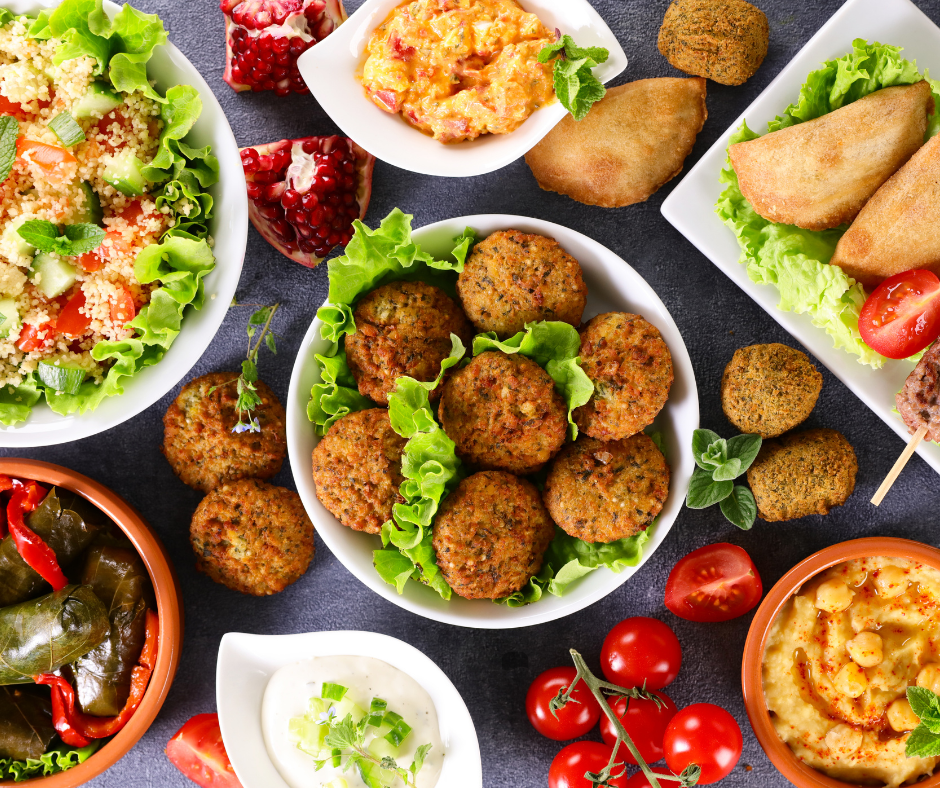A Culinary Journey Through Turkish Flavour
There’s something truly captivating about Turkish cuisine — a harmony of ancient techniques, aromatic spices, and bold, smoky flavours that speak to centuries of tradition. For anyone exploring a Turkish restaurant Sydney locals love, the first bite feels like a journey across cultures — from the bustling bazaars of Istanbul to the serene coastlines of the Aegean. Turkish food is more than just sustenance; it’s a living story, carried forward through generations and perfected over open flames.

The Art of Turkish Grilling
At the heart of Turkish cuisine lies its mastery of the grill. Whether it’s lamb skewers kissed by smoke, chicken marinated in yoghurt and spices, or slow-roasted meats infused with subtle herbs, the grill brings everything together. The smoky aroma isn’t just flavour — it’s emotion. Dishes like Shish Kebab and Adana Kebab are cooked over charcoal, capturing that perfect balance of tenderness and char.
This balance between spice and smoke is what defines Turkish cooking. The secret often lies in the marinades — rich with paprika, cumin, sumac, and sometimes a touch of pomegranate molasses to add depth and sweetness. When paired with freshly baked bread and dips like hummus or smoky eggplant baba ghanouj, each bite feels rustic yet refined.
The Spice Symphony of Tradition
Turkish cuisine isn’t about heat — it’s about balance. The use of spices reflects centuries of trade, blending Middle Eastern warmth with Mediterranean freshness. Sumac adds tang, while cumin, coriander, and allspice bring depth to grilled meats and stews. Herbs like mint and parsley cut through richness, while garlic and lemon tie it all together.
Even the simplest dishes — like Ezme salad, made with finely chopped tomatoes, onions, and herbs — showcase how spice and acidity dance together. These flavours were crafted to awaken the palate, to make every meal not just filling, but an experience.
In many Turkish kitchens, the preparation of spices is a ritual. Grinding, toasting, and blending them by hand ensures each meal carries the soul of its maker. It’s not just cooking — it’s storytelling through flavour.
Bread, Dips, and Meze — The Soul of the Table
No Turkish feast is complete without meze, the colourful array of small plates meant for sharing. It’s where community and cuisine merge — where conversation flows as freely as the food. From creamy labneh and smoky baba ghanouj to dolma (stuffed vine leaves) and crispy sigara böreği (cheese-filled pastries), each dish brings its own note to the melody of the meal.
And then, there’s the bread — pide and lavash, freshly baked and served warm. These are the vessels that bring the dips to life and balance the intensity of grilled meats. Turkish meals are not meant to be rushed; they’re a celebration of togetherness, a pause in time to enjoy the company of others.
Sweet Finishes and Aromatic Sips
After the spices and smoke come the sweets — golden baklava, rich with pistachios and honey, or kunefe, a dessert that combines crisp pastry with soft, melted cheese and syrup. And of course, the famous Turkish coffee, thick, aromatic, and brewed with patience, marking the perfect close to a meal that has travelled through history.
These final touches aren’t just about indulgence; they remind us of Turkey’s ability to balance richness with refinement. Even dessert tells a story — one of artistry and heritage passed down from generation to generation.
Turkish cuisine is a perfect marriage of spice, smoke, and heritage — a reflection of a culture built on connection, trade, and hospitality. It invites you to slow down, to savour, and to share. Each dish, whether a smoky kebab or a delicate dessert, carries with it centuries of craftsmanship and passion. It’s more than a meal — it’s a moment where the past meets the present, served fresh and full of soul.


